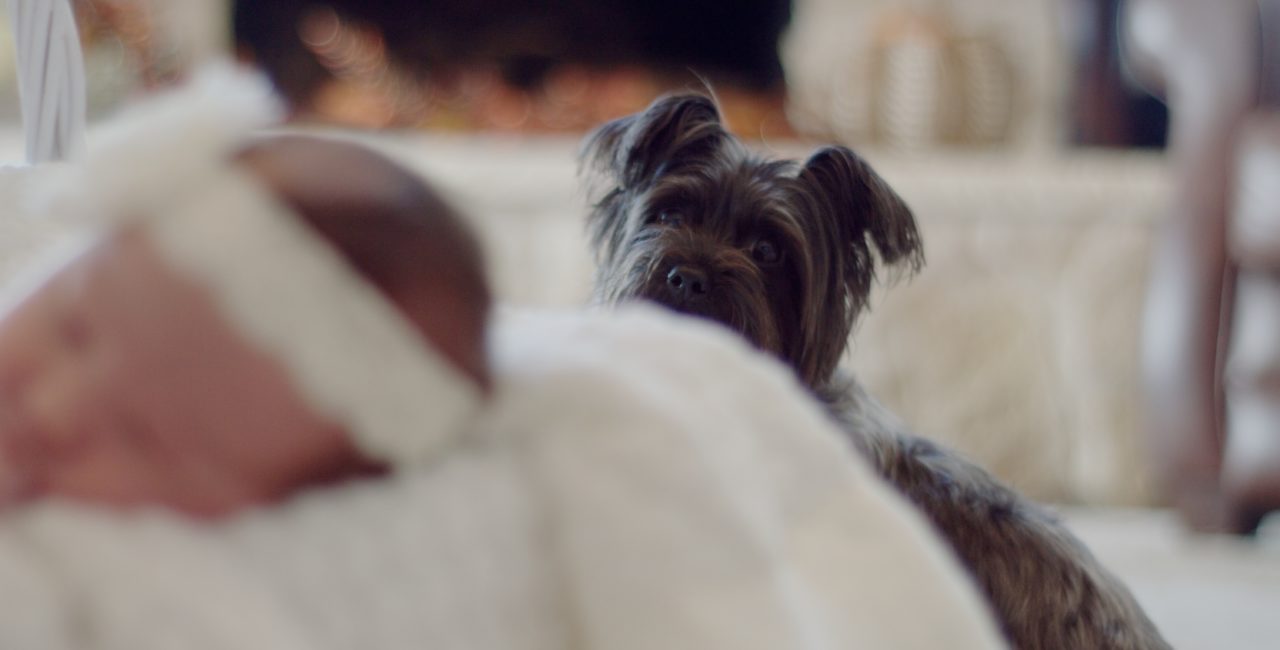If you didn’t read our last article Bringing Your New Baby Home To Meet Your Dog: Part 1, you can read it here!
Over the past 9 months you have been going through many changes that your dog has been noticing even if you have not. You have had some emotional changes, obviously some physical changes – you walk and carry yourself differently and even some behavioural changes. These differences in you, can cause your dog to have some increased anxiety, guarding of you and even aggression. These behavioural changes in your dog need to be noticed and addressed before your baby comes home and at the very least some planned preparations must be made.
“Let your dog sniff a blanket the baby has been on before the baby comes home.”
What does this do? Sadly …. Nothing but is the most common instructions we have for making our dogs ready for the tornado of changes that are about to happen in his/her life.
You have left home in a huff and are returning after at least 48 hours. Your dog will be very excited to see you. How do you manage this situation? Both parents need to greet the dog as usual in a calm fashion and allow the dog to calm down. Carry the baby within the car seat into the house and place in a safe area away from your pet. It would be ideal if you have carried this car seat around your dog multiple times in the weeks before this day and allowed your dog to investigate it so that this event is nothing new or increasingly exciting to your dog. No formal introduction is necessary between the dog and the baby.
When arriving home, you need to avoid punishment or any new banishment (see Part 1 – Preparing Your Dog For Life With A Baby). It is an excellent idea to have a container of treats in convenient places within the house so you can commonly reward calm behaviour. If you dog begins to display an unwanted behaviour it is easiest to redirect and reward – for example tell your dog to lay on his bed and give him a kong toy with frozen canned food or peanut butter in it to redirect or command your dog to “sit” and “stay” then reward with a treat or “good dog” and a pat on the head. Rewards are not always treats, some positive attention gets you the same results and in these tiresome and busy times, attention is a high commodity. Keep in mind you are likely to be giving more treats and potentially less exercise, if this is the case be sure to reduce the amount of food you are feeding to compensate for the calories you are adding with the treats. Please feel free to give our hospital a call with the type of dog food you feed and the type of treats. We can calculate your dog’s daily caloric intake to help you keep from making “Fido” overweight and potentially unhealthy.
If you are stressed or anxious your dog will pick up on this and react.
You should create a Success Station for times when you begin to become overwhelmed stressed or anxious. This is where your dog is placed in an area such as a crate, a baby gate put up to block a certain room or even an area in the home where you have a tether you can tie your dog to. The tether allows your dog to continue to be near you but out of the way. This sounds a little weird at first but as your child gets older it is very handy keeping the dog in an area that he/she can then feel safe and out of harm’s way from toddlers hands as well as avoiding the anxiety with a ramped up temper tantrum that will make your pet unpredictable at first. This is another tactic that can be practiced before the baby comes home. Success Stations need to be rewarded. When your pet is placed in a Success Station give him/her a toy that he does not normally get so the pet will look forward to this time.
People always offer you help when you come home with a new baby – take advantage of this by having them take your dog for a walk or even better to watch the baby if even for 30 minutes while you walk your dog. This will help you have time to de-stress and keep a bond with your pet. Walking your dog with the stroller is an excellent activity but it does require a well-behaved dog that does not pull or lunge at other people or dogs. Training in advance is required.
Written by Darlene Cannon, RVT.




